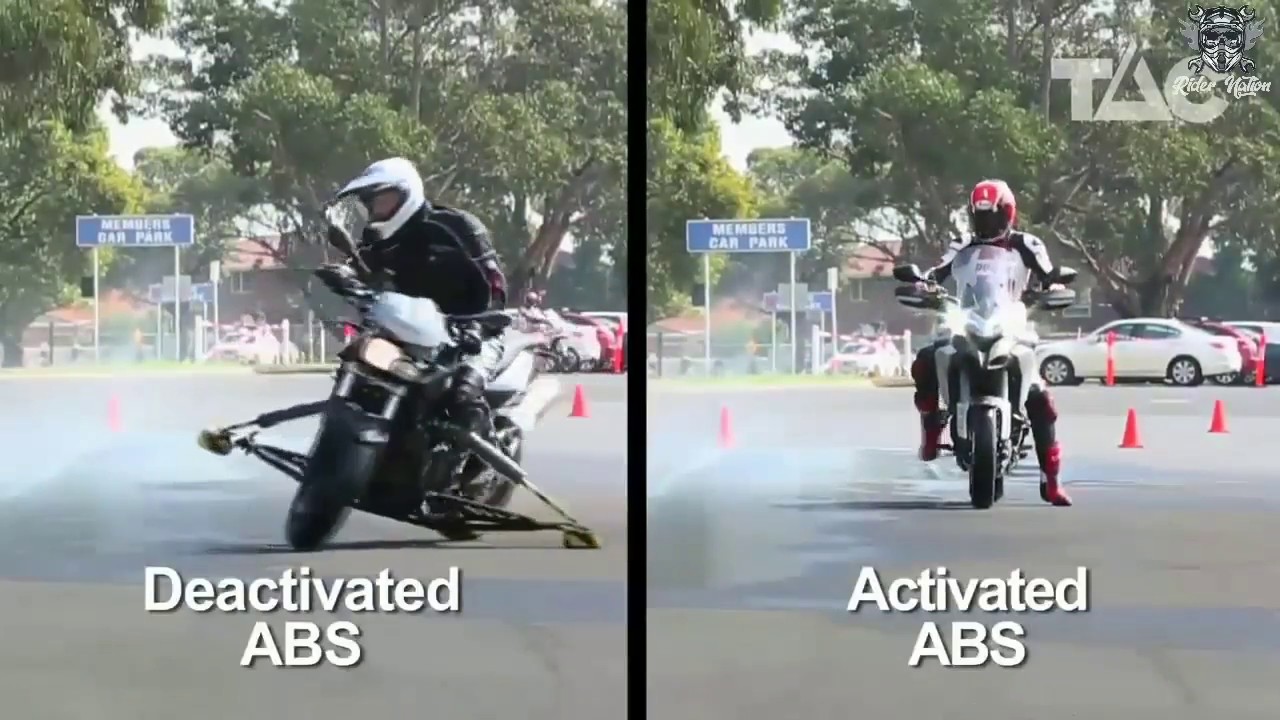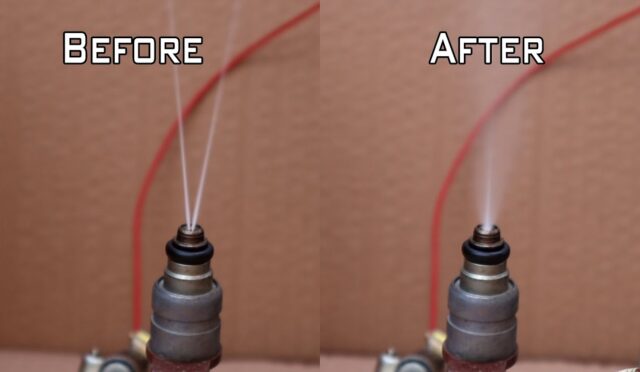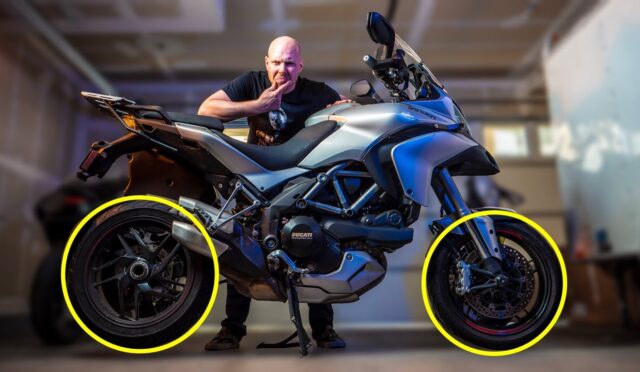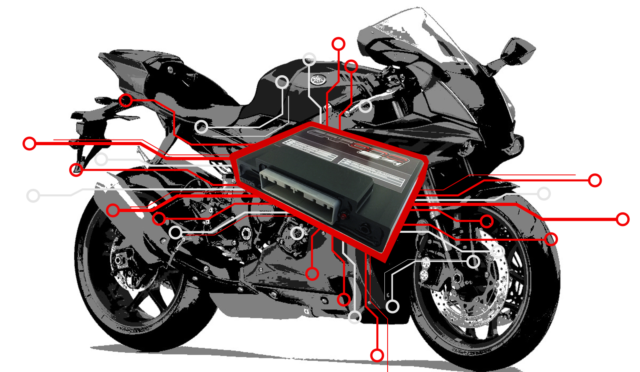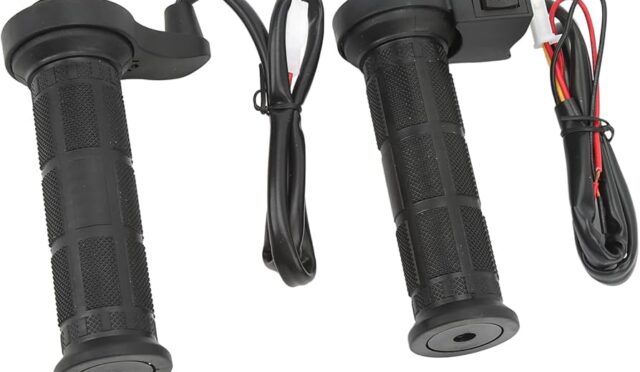Many riders wonder if they can upgrade their non-ABS motorcycle with an Anti-lock Braking System (ABS). ABS is a safety feature that prevents wheel lock-up during hard braking. It helps maintain control and reduces the risk of skidding. Understanding whether you can add this system to your motorcycle is important for safety and performance.
First, not all motorcycles can be equipped with ABS. The feasibility of adding ABS depends on the bike’s make and model. Some motorcycles are designed from the start to accept ABS as an option. Others may lack the necessary components and structure to install ABS without significant modifications.
If you consider adding ABS, consult with a motorcycle mechanic. A professional can assess your bike and determine if an upgrade is possible. They will examine the braking system and other vital components. If the motorcycle is compatible, they can provide a detailed plan for installation.
Installation costs for ABS can vary widely. On average, you might spend anywhere from $1,000 to $4,000. This price includes parts and labor. The higher costs typically involve more complex systems or custom modifications. Ensure you get a quote from a qualified mechanic before proceeding.
When upgrading your motorcycle, it’s crucial to use high-quality ABS components. OEM (Original Equipment Manufacturer) parts are often recommended for reliability. Aftermarket options may be available but can vary in quality. Always verify the parts’ compatibility with your motorcycle model.
Additionally, adding ABS can change how your bike handles. Riders may need time to adjust to the new braking system. It’s advisable to practice in a safe environment to get accustomed to the changes.
In summary, while it is possible to add ABS to a non-ABS motorcycle, it requires careful consideration. Check compatibility, consult professionals, and prepare for potential costs. A well-executed installation can enhance safety and improve your riding experience.
Understanding The Compatibility Of ABS With Non-ABS Motorcycles
Understanding the compatibility of Anti-lock Braking System (ABS) with non-ABS motorcycles is crucial for riders who prioritize safety. ABS enhances braking control by preventing wheel lock during hard braking. This feature is standard in many new motorcycles. However, riders may wonder if they can retrofit ABS to a motorcycle that does not originally come with it.
First, it is essential to know that adding ABS to a non-ABS motorcycle is possible but can be complex. The installation requires specific components and expertise. Here are the main parts needed:
- ABS control module
- Wheel speed sensors
- Hydraulic unit
- Brake lines
- Wiring harness
Retrofitting an ABS system can vary in cost. The overall price can range from $1,000 to $3,000, depending on the motorcycle model and labor costs. It’s vital to consult with a professional mechanic who has experience with ABS systems for motorcycles.
Some factors to consider when assessing compatibility include:
- The motorcycle’s braking system design
- The availability of ABS-compatible parts
- The complexity of the installation
- Your budget for the retrofit
Not all motorcycles can accommodate an ABS system. Some older or simpler models may lack the necessary structural support or electronic capabilities. Checking the manufacturer specifications is recommended before proceeding.
The table below summarizes key features of ABS motorcycles compared to non-ABS models:
| Feature | ABS Motorcycles | Non-ABS Motorcycles |
|---|---|---|
| Braking Control | Enhanced control during hard braking | Can risk wheel lock |
| Maintenance | Requires specific checks | Standard brake maintenance |
| Cost | Higher initial price | Generally lower price |
| Safety Ratings | Higher safety ratings | May have lower ratings |
In conclusion, while it is possible to add ABS to a non-ABS motorcycle, it requires careful planning and consideration. The process involves various components and can be costly. Riders should weigh the benefits of improved safety against the installation challenges.
Benefits And Drawbacks Of Installing ABS On Your Motorcycle
Anti-lock braking systems (ABS) can enhance safety for motorcycle riders. ABS helps prevent wheel lock-up during hard braking. This feature can improve control and reduce stopping distances. However, installing ABS on a non-ABS motorcycle brings both benefits and drawbacks.
Understanding the advantages of ABS is crucial. Here are some key benefits:
- Improved Safety: ABS reduces the risk of skidding and loss of control.
- Better Stopping Power: Riders can brake harder without locking the wheels.
- Enhanced Stability: More control during emergency stops helps maintain balance.
- Less Wear on Tires: ABS can reduce tire wear by preventing skidding.
While the benefits are significant, there are also drawbacks to consider:
- Installation Complexity: Adding ABS to a non-ABS bike can be complicated.
- High Cost: The price of an ABS system can be expensive, potentially reaching thousands of dollars.
- Weight Increase: ABS units add extra weight to the motorcycle.
- Potential Compatibility Issues: Not all motorcycles can accommodate ABS without major modifications.
For those considering the installation, a comparison table outlines the features:
| Feature | Benefits | Drawbacks |
|---|---|---|
| Safety | Reduces skidding and improves control | Installation can be complex |
| Stopping Power | Allows harder braking without wheel lock | Can be costly, often thousands of dollars |
| Stability | Maintains balance during emergency stops | Extra weight added to the motorcycle |
| Tire Wear | Reduces wear on tires | Compatibility issues may arise |
In conclusion, installing ABS on a non-ABS motorcycle offers clear safety and performance advantages. However, the complexity and cost of installation can be significant challenges. Riders should weigh these factors carefully before proceeding with an installation.
Step-by-Step Guide To Upgrading Your Non-ABS Motorcycle To Include ABS
Upgrading your non-ABS motorcycle to include ABS is a significant improvement. This change enhances safety and control during your rides. ABS, or Anti-lock Braking System, helps prevent wheel lock-up during hard braking. This guide provides a step-by-step process for this upgrade.
Before starting the upgrade, consider the following aspects:
- Compatibility of your motorcycle model.
- Availability of parts.
- Cost of the upgrade.
Here’s a breakdown of key components needed for the upgrade:
| Component | Description | Estimated Cost |
|---|---|---|
| ABS Module | Controls brake pressure to prevent wheel lock-up. | $300 – $700 |
| Sensors | Monitor wheel speed for effective ABS function. | $100 – $200 |
| Brake Lines | Specialized lines to accommodate the ABS system. | $50 – $150 |
| Brake Calipers | May need replacement to work with ABS. | $100 – $300 |
| Wiring Harness | Connects ABS components. | $50 – $100 |
The total estimated cost for upgrading can range from $600 to $1,500, depending on the motorcycle model and parts chosen.
Now, let’s go through the steps of the upgrade:
- Research your motorcycle model to find compatible ABS systems.
- Purchase the necessary components from a reliable supplier.
- Prepare your workspace with the needed tools, such as wrenches and a motorcycle lift.
- Remove the existing brake components carefully.
- Install the ABS module according to the manufacturer’s instructions.
- Connect the sensors to the wheels, ensuring proper alignment.
- Replace the brake lines with the ABS-compatible lines.
- Install or replace brake calipers if necessary.
- Connect the wiring harness to ensure all components communicate effectively.
- Bleed the brake system to remove any air bubbles.
- Test the system to ensure it functions correctly before taking the motorcycle on the road.
Completing this upgrade can greatly enhance your motorcycle’s safety features. Consider seeking professional help if you are unsure about any step. This ensures the ABS system works efficiently, providing you with better control while riding.
Yes, it is possible to install an ABS system on a non-ABS motorcycle, but it requires significant modifications to the braking system and electrical components.
Adding ABS can enhance safety by reducing the risk of wheel lock-up during hard braking, especially in wet or slippery conditions.
Retrofit legality varies by region, so it’s essential to check local regulations regarding modifications to motorcycle braking systems.
The installation process generally includes integrating an ABS control module, sensors, and modulating valves, along with necessary wiring adjustments.
While some experienced mechanics may attempt the installation, it is recommended to seek professional help due to the complexity and safety implications involved.
Adding ABS should not negatively impact overall performance; in fact, it can improve stability and control during emergency braking situations.
The cost can vary widely based on the motorcycle model and the complexity of the installation, typically ranging from a few hundred to several thousand dollars.
Yes, some motorcycle models have more readily available ABS kits or aftermarket support, making the retrofitting process easier and more straightforward.
Modifying your motorcycle can potentially void the warranty, so it’s advisable to consult the manufacturer or dealer before proceeding with the installation.
Potential drawbacks include the high cost of installation, the complexity of the system, and the possibility of increased weight, which could affect handling.

